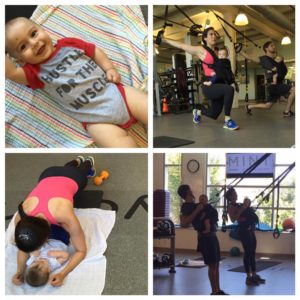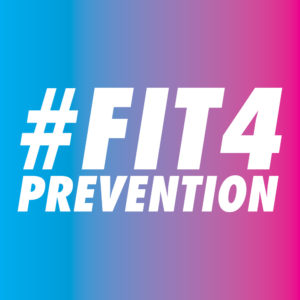
Reserve your spot here and invite a friend.
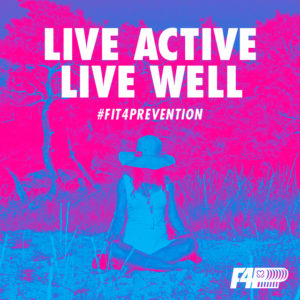
by mint-sk

Reserve your spot here and invite a friend.

by mint-sk
Disclaimers: Consult a doctor before beginning an exercise regime. Never force a pose. Stop if you feel pain or intense discomfort. Yoga is meant to be yummy.
I love vinyasa yoga and I am obsessed with good alignment. This obsession doesn’t stem from a need for perfection, which would be very “un-yoga-like” of me, but from a passion for protecting the body from injury. Most bodies can safely practice yoga on a daily basis, but maintaining sound alignment is essential to your physical wellbeing. In this series, I will break down some common poses—explaining how to stay safe and fully enjoy each posture. Finally, remember to BREATHE consistently while practicing yoga to receive the full benefits of the practice … otherwise, you’re just stretching in Sanskrit. Today’s pose is Standing Forward Fold, or Uttanasana.
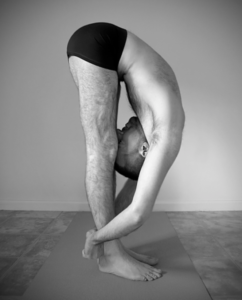
– Feet should be hip-distance apart, or where your feet would naturally land standing (people have a tendency to interpret “feet hip-distance apart” as meaning feet on the edges of your mat—this is much farther than the distance of your hips. To measure, you should be able to place both of your fists between your feet).
– Toes spread wide and gripping into the mat. Weight is evenly distributed throughout the feet.
– Engage uddiyanabandha, bringing the belly button in and up towards the spine. This will give you more space to fold forward. This is not an instruction to hold the breath. Continue to breathe fully.
– Maintain a generous bend in the knees, especially if this is one of your first forward folds of the day. If you have more flexibility and would like to go deeper, maintain a gentle bend in the knees.
– Hands can rest on thighs, shins, or on the mat below you. If you’d like, you can bring hands to opposite elbows and hang freely in your forward fold.
– Release any unnecessary tension in your neck and face. Shake the head “yes,” shake the head “no.” Then find stillness.
Practicing yoga on your own can be a ton of fun, but taking a class is a great way to explore new poses under the tutelage of a trained yoga instructor; check out MINT’s yoga offerings, here.
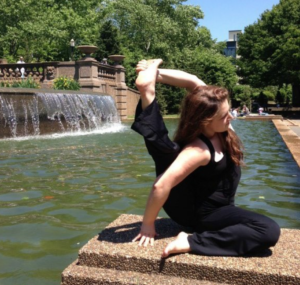
by mint-sk
You’re out on a run, enjoying the pace, you finally feel like you’ve got it in you to run a little further than you did last time, then all of a sudden OUCH! Something in your ankle doesn’t feel quite right…
So you slow down, give it a stretch and give running another attempt, but nope! Your ankle won’t have it, it’s just too painful…Sound familiar?
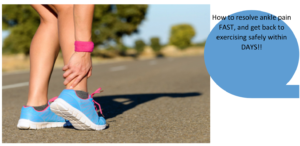
Well, this is exactly what happened to one of my patients, Jody, a few weeks ago.
In June, Jody decided to take up running again because as well as walking her dogs along Rock Creek Parkway each day, she wanted to add in something different to keep active.
She started slow, running gently for 15 minutes a time every weekend and finishing off with a slow walk to cool down.
Gradually over the weeks running felt easier, so she decided to pick up the pace one weekend and run for a few extra minutes uphill until all of a sudden OUCH! Shooting ankle pain came out of nowhere and Jody hasn’t been able to run since…
In fact her ankle pain has been so bad that she hasn’t been able to get out and run for a whole 6 weeks – which feels like a long time when you’re missing out on doing something you enjoy!
In an ideal runner’s world, (and not just runners this applies to people who enjoy walking too!), every step of every mile would be one hundred percent pain-free.
No aches, no twinges, no lingering soreness from yesterday’s activity, but the reality is, this is one of the most common problems I see people who enjoy to run or walk long distances suffer from.
Here’s the thing we’re not designed to run and walk up hills for long periods of time, and nor do we need to!
Sure you might work a bit harder by running up a hill, but this is adding huge stress to your ankle and Achilles tendon by doing so.
Of course if you’ve got an event coming up that involves a lot of steep hills, just like the route for DC Rock and Roll Marathon or the Army 10 miler, then doing this type of activity would likely help you achieve that goal, but let me explain why it’s likely to do more harm than good:
Think of your Achilles tendon as an elastic band, when running or walking up hills this elastic band gets stretched too far. The Achilles tendon connects the two major calf muscles to the back of the heel, and under too much stress the tendon tightens and becomes irritated which is why you feel pain each time you go to run, or even walk up the stairs!
This is not an injury to run or walk through. If you catch a minor strain early, a few days off might be sufficient healing time, but if you keep running as usual, you could develop something more serious that may even take up to six months to go away!
So what’s the number one thing to do right away if you’re suffering from this pain right now, or if it strikes?
Complete rest for a few days and lots of ice!
Swap your footwear for soft, comfy shoes, there’s no need to strap your ankle up or wear supports, just apply ice. I recommend applying ice for 10 minutes each hour if possible.
After 2-3 days I’d begin some deep massage and very gentle stretching and work on the ankle joint to prevent any stiffness or get rid of any swelling.
My top tip: If you’re going to walk or run up hills (because sometimes these can’t be avoided), stand as tall as possible and spend a month before you start running using a balance ball, core and pilates exercises to make your back and ankle strong so that you can safely do it and avoid this happening to you too!
~ Trupti Mehta PT, MS, OCS
Physical Therapist
Manual Medicine Spine & Sports PT
P: 202 670 8874
mmssphysicaltherapy@gmail.com
Enjoy running and understand your body well and how it functions!
by mint-sk
We all know that sitting for too long isn’t good for your health. Insert the century of at work fitness. First, it was the ball-chairs that keep your core engaged during your 9-5. Then it was the stand-up desks. I’ve heard rumors of friends of friends who have co-workers using treadmill desks, but I have yet to see one. What does all this mean? We’re craving activity at work.
From dips to planks there are an array of activities that you can do during the workday. The key to incorporating exercise into your routine? Schedule them on your calendar and/or find a buddy to do them with you. My suggestion? Start with doing something twice a day, once before lunch and the other in the afternoon. Expert tip: don’t schedule them on the hour. That’s when meetings start. Have them 5 minutes before the hour instead.
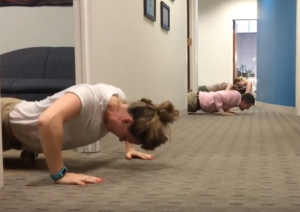
My office does push-ups (click the link for proof!) when we’re sluggish after lunch. Someone will sense the low energy and promptly announce that it’s push-up time. If you aren’t on the phone or otherwise engaged, you assume the position. Feet in your office, hands in the hallway and we count. We do them in sync, with lots of variation in form. When we started there were some who did them from a kneeled angle, and now, we even have some who have upgraded to clapping push-ups. Doing them regularly has allowed each person to demonstrate growth, no matter where we each started.
Whether you do wall-sits or seated leg raises, try adding something new to your deskercise routine. You’ll be surprised at how well office supplies double as dumbbells, or other exercise props, from paper weights to reams of paper you can find all sorts of things to pick and put back down as part of a weigh-inclusion routine. See how creative you can get!

by mint-sk
Disclaimers: Consult a doctor before beginning an exercise regime. Never force a pose. Stop if you feel pain or intense discomfort. Yoga is meant to be yummy.
I love vinyasa yoga and I am obsessed with good alignment. This obsession doesn’t stem from a need for perfection, which would be very “un-yoga-like” of me, but from a passion for protecting the body from injury. Most bodies can safely practice yoga on a daily basis, but maintaining sound alignment is essential to your physical wellbeing. In this series, I will break down some common poses—explaining how to stay safe and fully enjoy each posture. Finally, remember to BREATHE consistently while practicing yoga to receive the full benefits of the practice … otherwise, you’re just stretching in Sanskrit. Today’s pose is: Mountain Pose, or Tadasana.

– Tadasana is a strong pose. Start by placing your feet hip-distance apart. This is probably where your feet would naturally land standing (people have a tendency to interpret “feet hip-distance apart” as meaning feet on the edges of your mat—this is much farther than the distance of your hips. To measure, you should be able to place both of your fists between your feet).
– Toes spread wide and gripping into the mat.
– Spine is long.
– Bring your shoulders up to your ears, then gently release them down, allowing your shoulder blades to come together at the midline.
– Palms face up, fingertips spread wide.
– Heart shines towards the sky.
– Release any unnecessary tension in your neck and face.
Practicing yoga on your own can be a ton of fun, but taking a class is a great way to explore new poses under the tutelage of a trained yoga instructor; check out MINT’s yoga offerings, here.

by mint-sk
What do you get when you combine babies, bicep curls and burpees? Baby & Me MINTensity!
This new 40-minute class is MINT’s signature “Intensity” class, with your baby! Class focuses on fitness for the parent/caregiver and fun for baby! You’ll need to bring a carrier and a swaddle, as baby will be in and out of carrier, depending on the exercise.
Check out this new class in action here: Baby & Me MINTensity Video
Join the family fun every Wednesday at 1:30pm at MINT Dupont. Register for class here!
